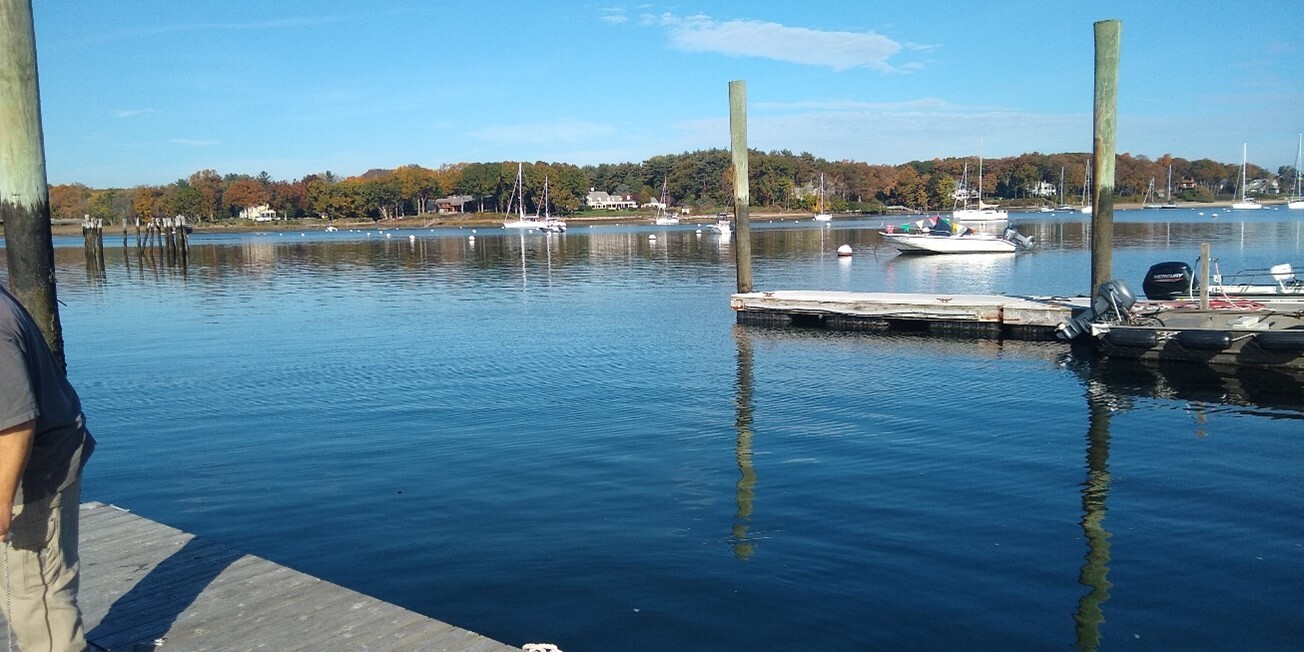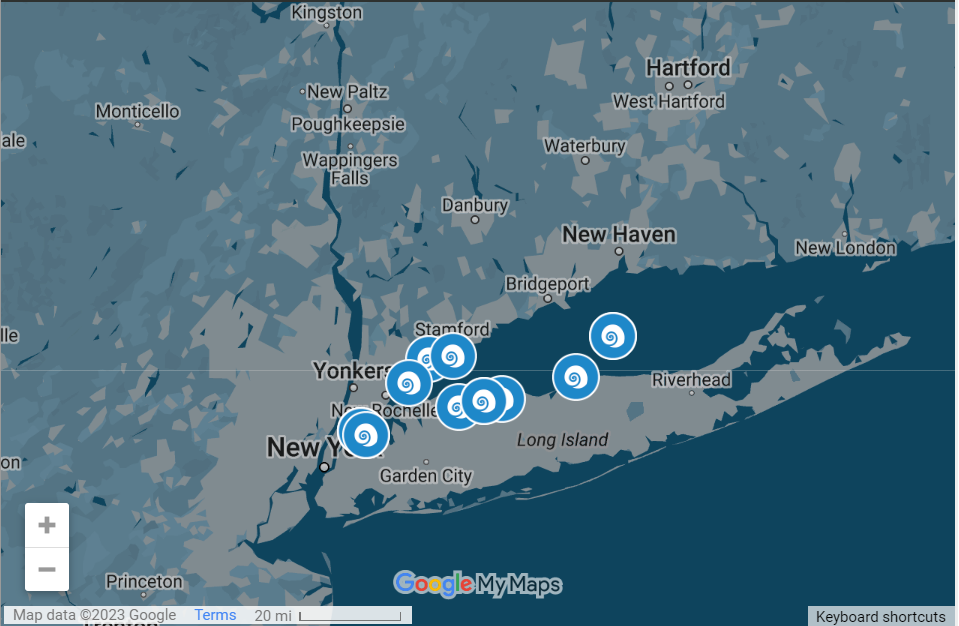Long Island Nitrogen Action Plan (LINAP)- Newsletter
The New York State Department of Environmental Conservation sent this bulletin on 06/12/2023 11:25 AM EDT |
| DEC Delivers - Information to keep you connected and informed from the NYS Department of Environmental Conservation |
Long Island Nitrogen Action Plan (LINAP)- Newsletter
|
|
Nutrient Bioextraction Initiative If you are a reader of this newsletter, then you probably know that there is excess amounts of nitrogen in the ground and surface water of Long Island. LINAP is looking at a wide variety of measures to abate nitrogen pollution. Bioextraction, removing excess nitrogen through the cultivation and harvest of seaweed and shellfish, is a large initiative the New York State Department of Environmental Conservation (NYSDEC) is spearheading to improve water quality. The Nutrient Bioextraction Initiative seeks to define and address the technical, regulatory, and economic considerations needed for the development of a bioextraction industry. This is achieved through research, facilitating conversations, and providing science-backed information to decision makers. Bioextraction is an important part of comprehensive nitrogen-reduction programs, like LINAP. Unlike strategies such as wastewater treatment plant upgrades and limiting fertilizer use, that try to reduce the nitrogen currently coming from the land, bioextraction addresses and removes the excess nitrogen that is already present in coastal surface waters. Bioextraction also has the added benefit of resulting in materials after harvest that can be sold and used for other purposes. One of the Initiative's goals is to make bioextraction a self-sustaining industry, where water quality improvements can be incentivized.
Goldstar Beach, Huntington Harbor, is one of two grow out locations where ribbed mussels and water quality data are monitored, October 2022. Photo Credit: Kristin Kraseski Economics of Commercial Bioextraction Feasibility Study In order to move bioextraction beyond the realm of grant-funded pilot and restoration projects, commercial uses need to be established for the harvested materials. Economics have been a vital component of the Bioextraction Initiative from the start. In December 2022, a kickoff meeting was held for the first phase of an economic study on bioextraction in the Long Island Sound. The purpose of this project is to determine the feasibility of commercial operations using seaweed and/or shellfish in the New York and Connecticut marine waters of the Long Island Sound for the express purpose of bioextraction. The results of phase one of the project, which is currently underway with SUNY Farmingdale, are expected later this year and will make recommendations about Long Island seaweed and/or shellfish species, and uses for those species, that have the most potential to be profitable for a company to harvest and sell. A second phase of the study, slated to start soon after phase one is completed, will provide more detailed economic and market information on the recommended markets and species. The study results will be made public and will be part of the effort to encourage a strong bioextraction industry on Long Island. Long Island Sound Study Bioextraction Webpages Updated The Long Island Sound Study (LISS) Nutrient Bioextraction webpage now includes a new feature – an interactive map of current and historical bioextraction projects within the Long Island Sound. The accompanying table provides information about the focus of the work, involved organizations, photos, and links to final reports and papers, where available.
Screenshot of Interactive Bioextraction map. The Nutrient Bioextraction Initiative is a collaboration between the New York State Department of Environmental Conservation (NYSDEC), the Long Island Regional Planning Council (LIRPC), and New England Interstate Water Pollution Control Commission (NEIWPCC) and the EPA Long Island Sound Study (LISS). Do you need help writing a grant application? Apply to the Long Island Sound Resilience Grant Writing Assistance Program! This funding opportunity is open to municipalities and community organizations to facilitate the hiring of a grant writing contractor to assist with the development of a grant application for sustainable and resilience-focused projects within the LIS coastal boundary (within Westchester, Nassau, Suffolk counties, Western Connecticut, and Eastern Connecticut). Funding is to be awarded in a range of $5,000-$9,950 per application directly to the applicant's selected contractor on a cost reimbursable basis and match is not required. Find all the program details on the NYSG website. Applicants who are looking for assistance with the NYS CFA grants are encouraged to apply to the LIS Resilience Grant Writing Assistance Program by June 23rd, 2023. For more information, contact: LISresilience@gmail.com. To sign up for the LINAP newsletter, visit our webpage or click here. |


